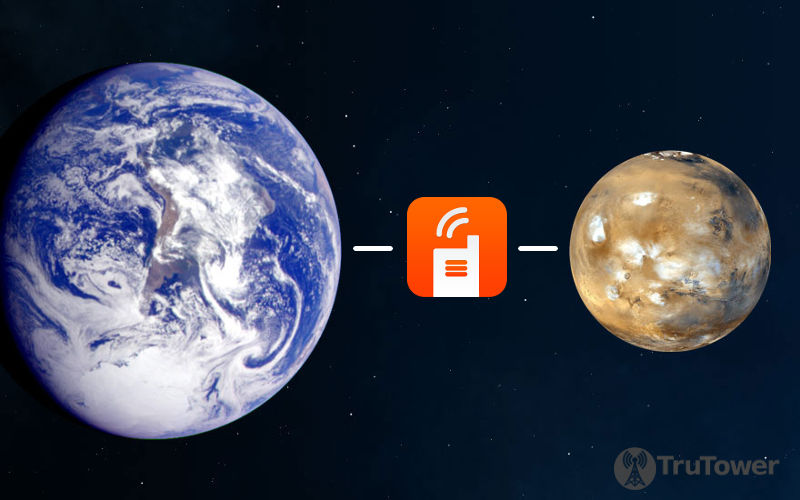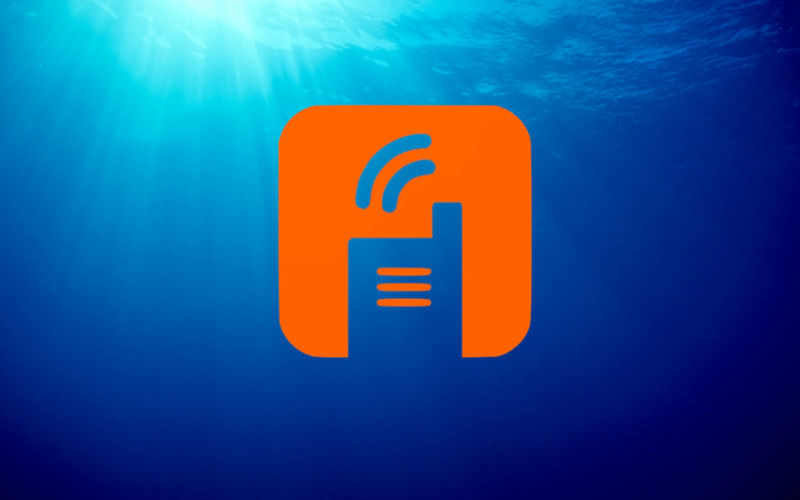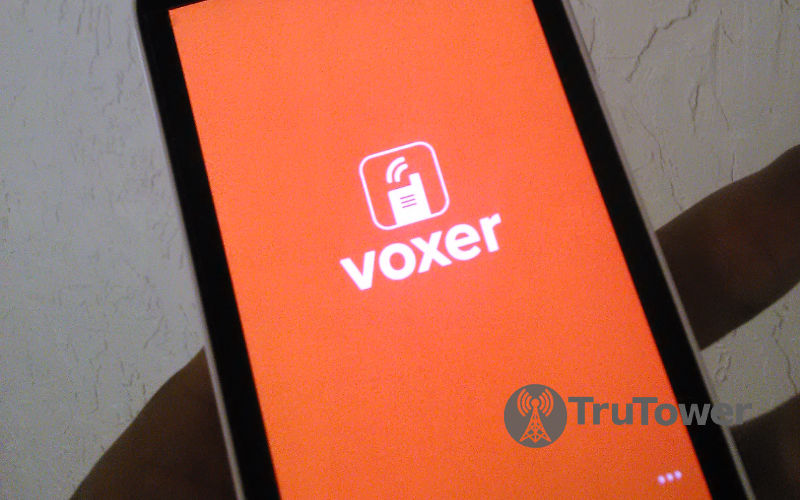Back in September, we showed how NASA was using Voxer in its NEEMO (NASA Extreme Environment Mission Operations) project to stay in contact, with the ultimate possibility of utilizing Voxer to communicate on Mars in the future.
Via Aquarius, the world’s only undersea research station and habitat, the crew has been experimenting with utilizing Voxer to connect Earth to Mars and vice versa like never before.
In a continuation of that historic collaboration, NASA and Voxer have also partnered in the use of the communications app with NASA’s HI-SEAS (Hawaii Space Exploration Analog and Simulation) mission. Located on the slopes of the Mauna Loa volcano in Hawaii, the area was chosen due to its Mars-like habitat. Its location and elevation above sea level made it the ideal spot to simulate conditions of a mission to the Red Planet.
Voxer itself was chosen because it automatically takes care of any network latency involved and would technically be able to make the trip from Earth to Mars reliably. While Mauna Loa isn’t exactly Mars, the app’s ability to connect over extremely long distances is undergoing testing and experimentation by NASA; the crew is even able to communicate with their families using Voxer.
“Communication is core to the experience of Voxer. [Voxer] is excited to be a part of [HI-SEAS].”
Irv Remedios, who was named president of Voxer back in June, calls the collaborative effort both “very different” and “exciting.” In a phone interview with TruTower, Remedios reiterating Voxer’s mission to “connect people in a personal way.”
“Communication is core to the experience of Voxer,” he said. “[Voxer] is excited to be a part of [HI-SEAS].”
As with NEEMO, NASA, through its use of Voxer with HI-SEAS, seeks to simulate how real-time communications would work over the great distance between Earth and Mars. According to Remedios, it would take approximately 20 minutes for a Vox to travel from Mars to Earth, and then 20 minutes for a reply to be sent back. 40 minutes over such a great distance is not bad at all.
With two NASA missions under its belt, along with partnerships with Viceroy Hotels, Boardroom Events, Roto-Rooter, and a host of others, its clear that Voxer can be used in a wide variety of environments, for a great number of tasks, and over a large number of devices. Needless to say, it will be interesting to see where Voxer and its future potential as a big part of human space exploration go from here.



